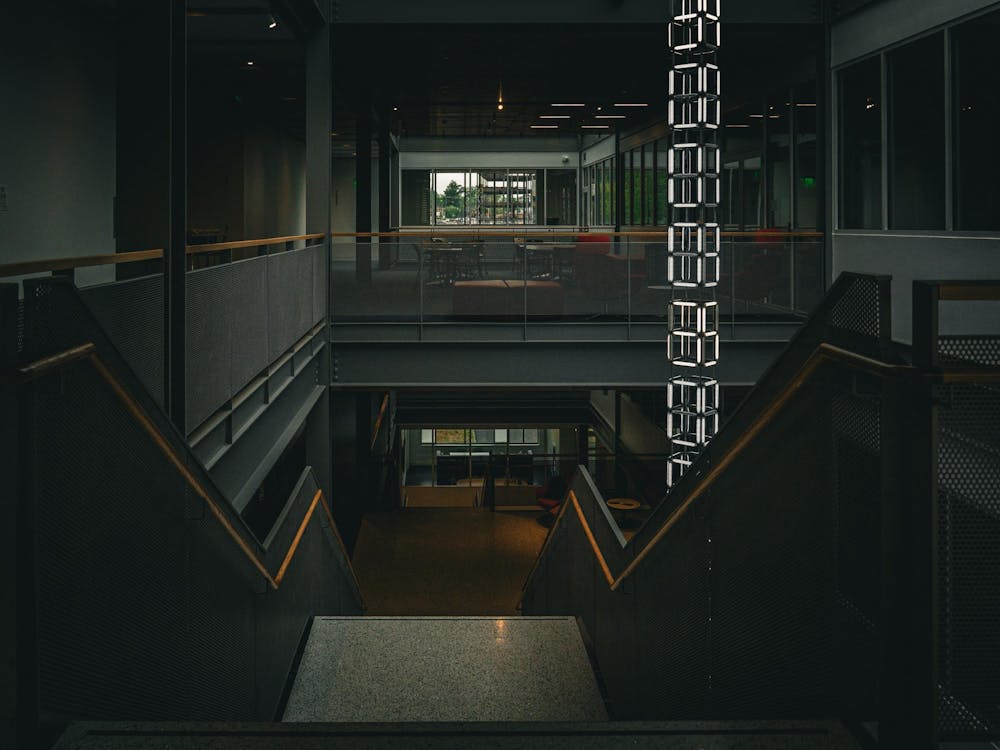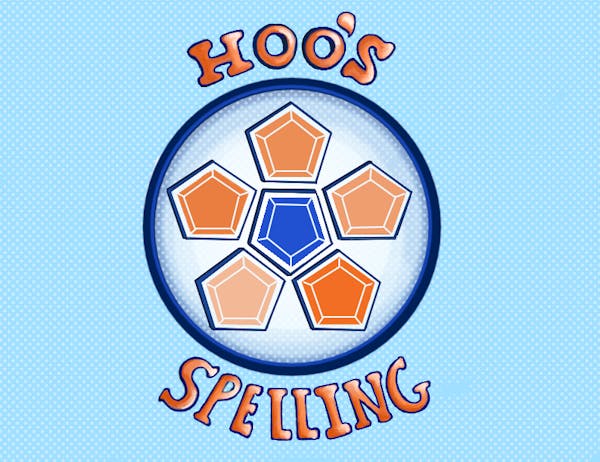This week’s From the Archives looks at how Thanksgiving has been viewed and celebrated at the University over the years. From reflections on fading traditions in the 1950s to twist contests in the 60s, political anxiety and state of affairs in the 70s and 80s, a turkey’s-eye view in the 90s and the experiences of international students in the 2000s. Together, they show how each generation has put a spin on the holiday.
1950s
Nov. 27, 1957
“Thanksgiving: Death By Absorption”
Reflecting on Rev. Dr. Truman B Douglass’s Thanksgiving dismay, this piece discusses the erosion of tradition and “public gratitude.” In defending the holiday, it theorizes that some degree of commercialism may protect Thanksgiving from disappearing into the tide of Christmas cheer. And if the Pilgrims could express gratitude for their “wretched existence,” it is only fitting that Americans recognize the gifts of 1957.
1960s
Nov. 28th, 1961
“Student, High School Partner Win Twist Contest ‘In A Walk’”
The Paramount Theatre hosted a Thanksgiving Day Twist Contest in hopes of boosting interest in doing The Twist onstage. While only six couples showed up, The Paramount hypothesized that interest in doing The Twist was quelled by fears of doing it in public. The winners, second-year College student Joe Brown and high school junior Sue Pipes, maintained that despite the small crowd, they really were the best dancers present.
1970s
Nov. 25, 1975
“Thanksgiving?”
In a time of intense political, economic and social unrest, this 1975 article considers whether Thanksgiving gratitude is still possible. While violence persists, from war on the global stage to assassinations across American partisan lines and rapes on University Grounds, the piece nonetheless attempts to cultivate a hopeful attitude for the future. It celebrates a rare period of peacetime for the United States and the effectiveness of the government in forcing Nixon’s resignation, offering these as signs of the nation’s unfulfilled potential for greatness, one we can all be grateful for this Thanksgiving.
1980s
Nov. 23, 1983
“Giving thanks”
The article opens in a similar way to the one from 1975, bemoaning the current state of affairs, the anxiety, unrest and tragedy that has defined 1983 up to this point. The toll this time takes on University students is stressed, as are they, as finals and the future press down. The article takes a lighter view towards these periods of darkness. While exams are stressful, the education we receive is nothing short of a gift, and the article reminds students that their stresses are usually shared, and to find hope in the blessings we do have, rather than what we don’t.
1990s
Nov. 29 1995
“Thanksgiving no holiday for Turkeys”
By Julie Floryan
Art by Kendra Dunn
Tom the Turkey MMMXXVIII is forced to watch his best friend (also named Tom the Turkey) get “decapitated, plucked, stuffed and roasted” in a Thanksgiving tale by columnist Julie Floryan. Giving voice to the turkeys, the article offers a Rudolph-esque story of a young bird whose peers are selected for special “exercise and feeding” programs, programs Tom is deemed too small for. In the end, he finds this disadvantage to be quite the holiday miracle.
2000s
Nov. 26, 2002
“Worlds of Thanks”
By Angela Manese-Lee
Photos by Meghan Thompson
The Thanksgiving season can be daunting for international students, who often feel left out or lonely as Grounds is abandoned and decorated for a uniquely American holiday, but programs like the Thanksgiving Day Meal Match can help connect them with faculty and community members willing to open their doors. Many students bring their international roommates or friends home as well, defying the idea that Thanksgiving is just about family. The international students interviewed expressed similarities between the holiday and traditions from their home countries.
From the Archives: Thanksgiving
This week: Turkeys, twists and thankfulness



















